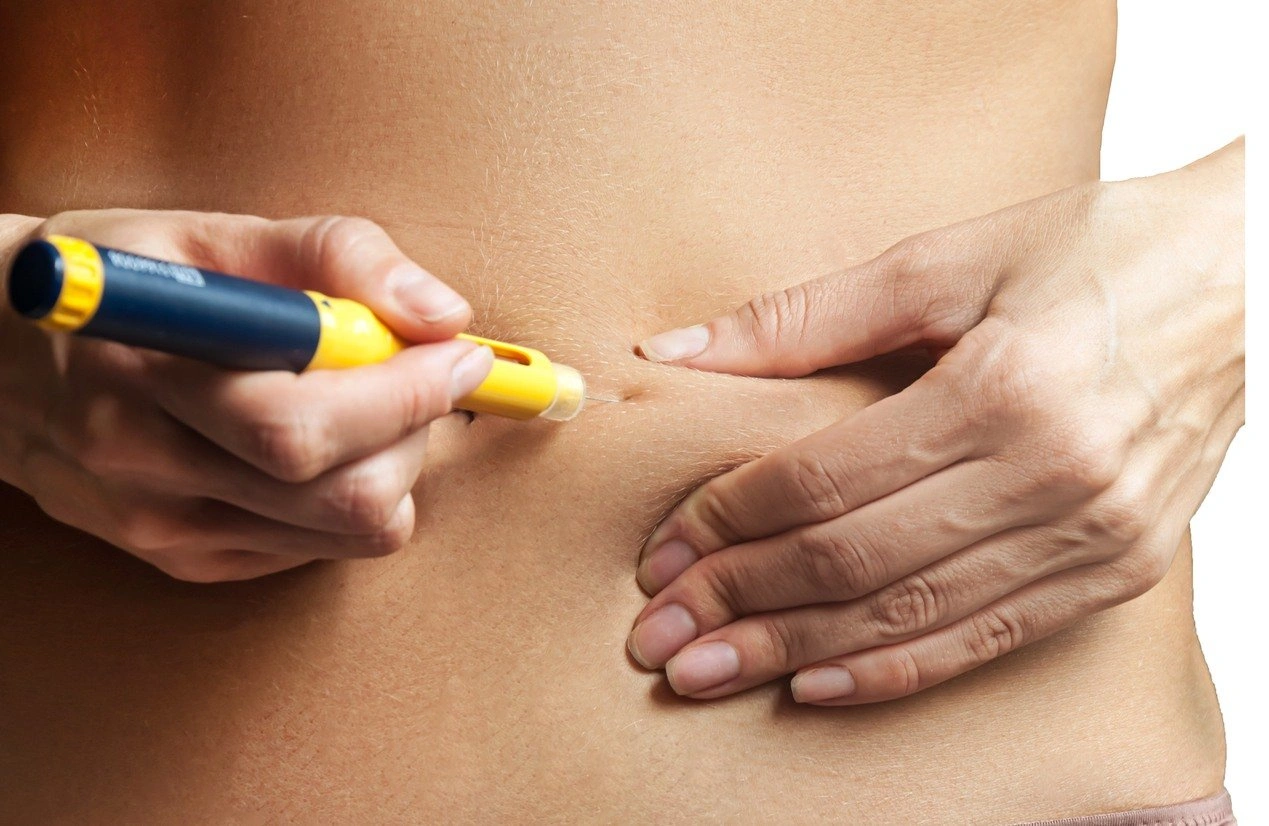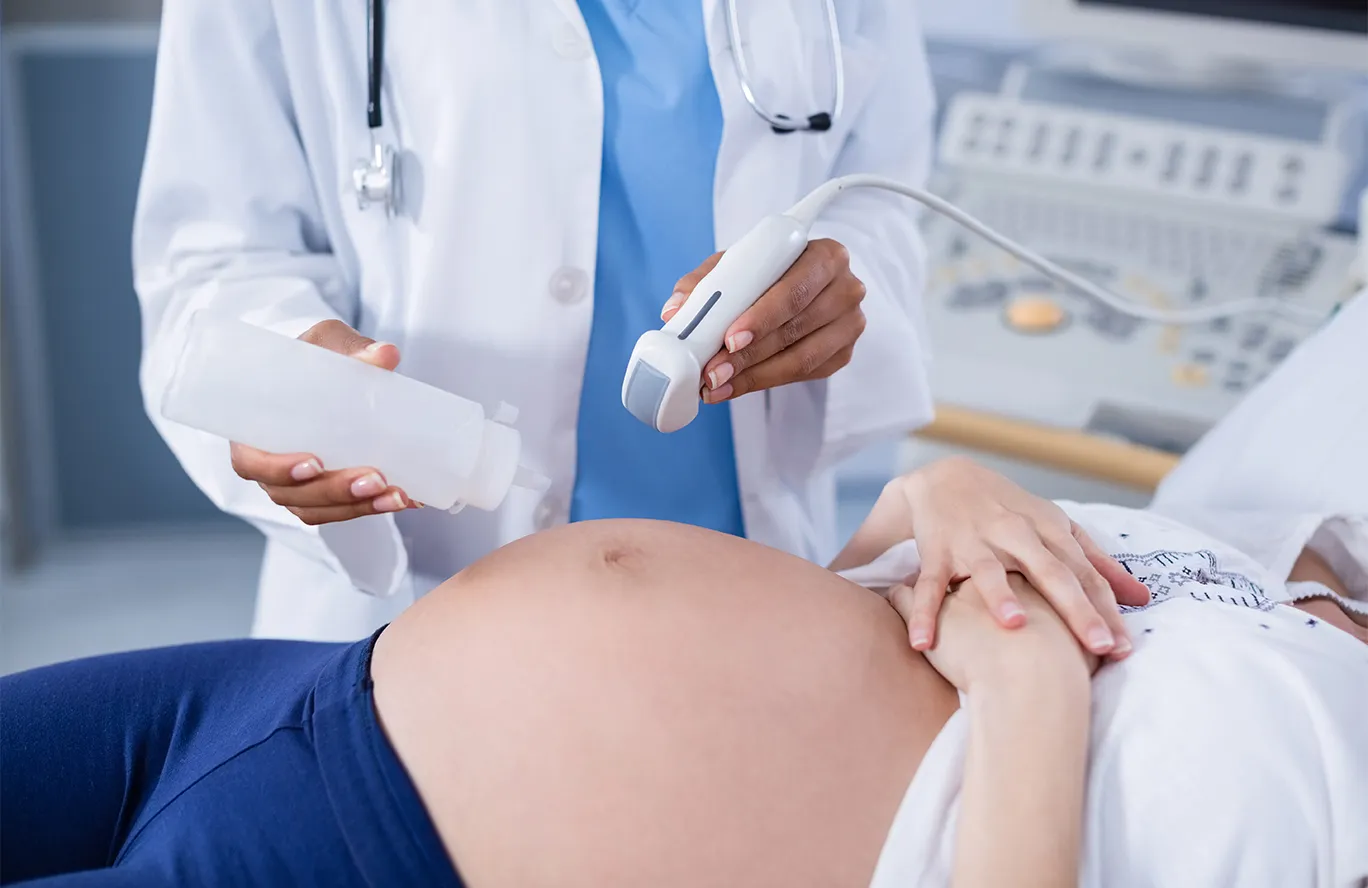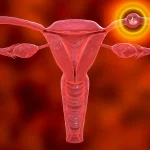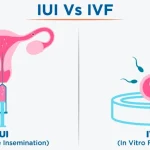The IVF Cycle Explained: What Counts as One Round
If you’re considering fertility treatment, you’ve likely heard doctors or patients refer to an “IVF cycle.” But the term can be confusing because it doesn’t always mean the same thing to everyone. Some think it’s just the egg retrieval, others believe it ends with embryo transfer, and still others count it only if it results in a pregnancy. In reality, an IVF cycle includes a series of carefully coordinated steps, and understanding what one cycle involves can help you prepare for the journey ahead.
This article explains what a single IVF cycle really means, what happens during each stage, how long it takes, why more than one cycle is sometimes necessary, and how clinics define “one cycle” differently.
What Does One Cycle of IVF Include?

A cycle of IVF, or in vitro fertilization, refers to one full sequence of fertility treatment starting with ovarian stimulation and ending with the outcome of an embryo transfer. It does not guarantee pregnancy, but it represents one complete attempt to achieve conception using IVF technology.
In most clinics, one cycle includes:
● Ovarian stimulation with fertility medications to produce multiple eggs.
● Egg retrieval, a short procedure where eggs are collected from the ovaries.
● Fertilization in the lab, where eggs and sperm are combined to create embryos.
● Embryo development, as fertilized eggs grow into blastocysts.
● Embryo transfer, when one or more embryos are placed into the uterus.
● Pregnancy testing, usually performed about 10–14 days after transfer.
This entire process is what doctors generally mean by one IVF cycle.
The IVF Cycle Step by Step
Ovarian Stimulation
The cycle begins with hormone injections to stimulate the ovaries to produce multiple eggs instead of the single egg usually released in a natural cycle. This stage lasts about 10–14 days and involves regular ultrasounds and blood tests to track progress.
Egg Retrieval
Once the eggs are mature, they are collected during a minor surgical procedure performed under sedation. The process typically takes 20–30 minutes.
Fertilization and Embryo Development
The retrieved eggs are then fertilized with sperm in the lab. Some clinics use conventional IVF, while others use ICSI (intracytoplasmic sperm injection), where a single sperm is injected directly into an egg. The embryos are monitored for several days as they grow.
Embryo Transfer
A healthy embryo, often at the blastocyst stage (day 5), is transferred into the uterus. This is a quick, non-surgical procedure. Any extra healthy embryos can be frozen for future cycles.
Pregnancy Testing
About two weeks after the transfer, a blood test will confirm whether the cycle has resulted in a pregnancy.
How Long Does One IVF Cycle Take?
On average, a full IVF cycle takes four to six weeks from the start of ovarian stimulation to the pregnancy test. However, if embryos are frozen for later transfer, the process may extend over several months. Frozen embryo transfers (FETs) are often counted as part of the same cycle if they come from the initial egg retrieval, though definitions can vary by clinic.
Why One Cycle May Not Be Enough
While some people achieve pregnancy in their first IVF cycle, many need multiple cycles. Factors like age, egg quality, sperm health, and underlying fertility issues influence the outcome. According to research, the cumulative success rate increases with each cycle — meaning your chances of having a baby improve if you undergo two or three rounds rather than just one.
Emotional and Physical Demands of an IVF Cycle
It’s important to understand that one IVF cycle is not only a medical process but also an emotional journey. The daily hormone injections, frequent monitoring appointments, and uncertainty of results can be physically draining and mentally stressful. Many people find it helpful to seek support through counselling, support groups, or talking with others who have been through IVF.
What Is the Hardest Stage of IVF?
Different patients find different parts of IVF the most challenging. For some, the hardest stage is ovarian stimulation, because of the daily injections, bloating, and mood swings caused by hormones. For others, it’s the two-week wait after embryo transfer, which can feel agonizing as you hope for a positive pregnancy result. Emotional resilience and support are essential to get through these high-stress points.
Do All Clinics Define One Cycle the Same Way?
One source of confusion for patients is that not all clinics define an IVF cycle in the same way. Some clinics consider one cycle to be the process from stimulation to the initial embryo transfer only. Others include all frozen embryo transfers (FETs) from a single egg retrieval as part of that same cycle.
For example:
● Clinic A definition: One cycle = stimulation, egg retrieval, fertilization, and a fresh embryo transfer. Any frozen embryos are counted as a separate cycle when used later.
● Clinic B definition: One cycle = stimulation, egg retrieval, fertilization, and all resulting embryo transfers (both fresh and frozen).
This distinction matters because it affects both costs and success rate reporting. Clinics that count frozen transfers as part of the same cycle may show higher success rates per cycle, since patients often get multiple chances from a single egg retrieval. Always clarify with your clinic how they define “one cycle” so you know exactly what you’re paying for and what to expect.
Costs Involved in One IVF Cycle

The financial aspect is another important factor to consider. In Nigeria, a single IVF cycle can cost anywhere between ₦18,000,000 and ₦30,000,000 (equivalent to $12,000–$20,000), depending on the clinic, location, and whether additional procedures like genetic testing are included.
Fertility medications often add several million Naira more to the total, typically ₦4,500,000 to ₦7,500,000 ($3,000–$5,000).
Insurance coverage for IVF in Nigeria varies greatly, so it’s always best to confirm what your plan includes before beginning treatment.
Summary: What One IVF Cycle Really Means
So, what does one cycle of IVF mean? In short, it is one complete round of treatment starting with ovarian stimulation and ending with a pregnancy test after embryo transfer. It usually takes about a month, though results are not guaranteed, and multiple cycles may be needed.
Understanding the full scope of one cycle — the medical steps, timeline, costs, emotional challenges, and even how clinics define it — helps couples make informed decisions and manage expectations. While the process can be demanding, it also offers hope to millions of families worldwide who dream of having a child.
If you’re considering IVF and want expert guidance through every step of the process, schedule a consultation with The Bridge Clinic today. Our fertility specialists will walk you through what to expect, explain your options, and support you on your journey toward parenthood.
Follow us on our social media channels below:
Explore our related articles below:








